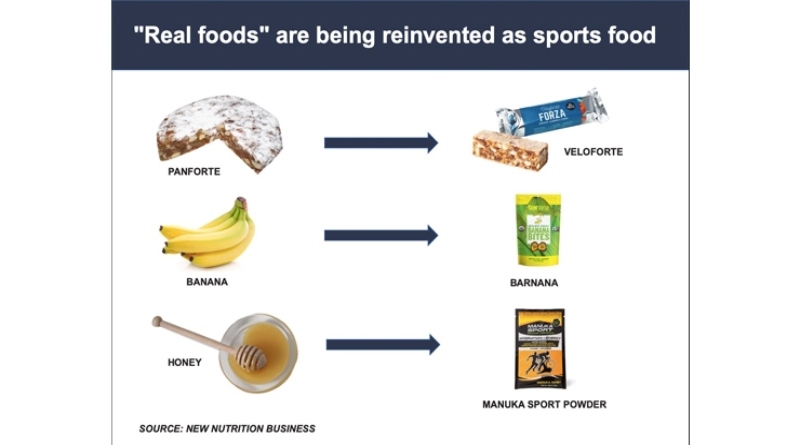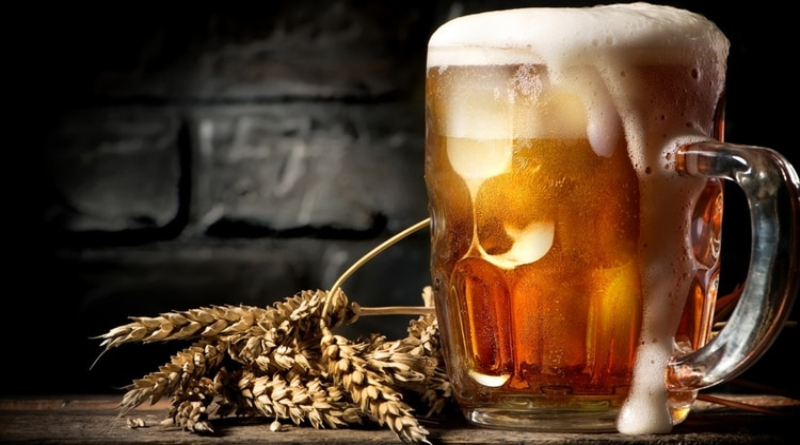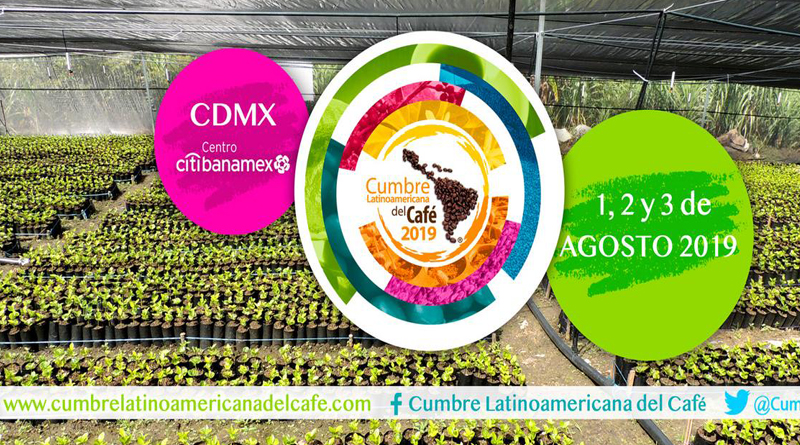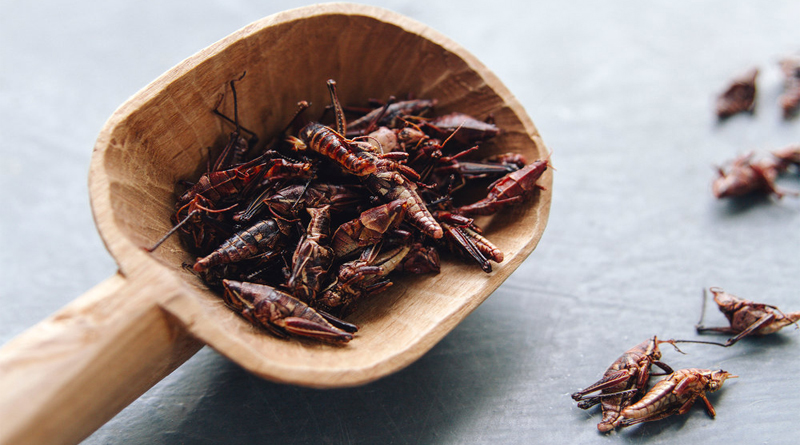Consumers are driving the reinvention of “real food” as sports food, according to a nutrition analyst.
“Real” foods are becoming more attractive than sports nutrition gels or sports bars, according to Food Industry Analyst Julian Mellentin, Director of Consultancy New Nutrition Business and author of a new report, “‘Real food’ – the strategy that’s transforming sports nutrition.” He notes that it is a shift that’s backed by leading sports dietitians, as well as evidenced in the recent business decisions of some companies. Consumers are increasingly wary of ingredients lists that appear to long or complicated, and therefore, may be tempted by familiar foods that have undergone a “sporty” revamp.
“While sports nutrition products are going mainstream, the much stronger trend is in the opposite direction – ‘real’ foods are becoming more attractive for people to use in sports,” says Mellentin. He also notes that the Collegiate and Professional Sports Dietitians Association, which represents America’s leading sports dietitians, has adopted the “food first” principle that “whole foods are the best fuel.”
“Both professional and amateur athletes are increasingly dropping gels and sports bars laden with ‘artificial’ ingredients from their diets, and making instead ‘real food’ choices, from peanut butter and flapjacks to maple syrup, Nutella and traditional Italian panforte,” Mellentin adds.
Entrepreneurial brand Veloforte’s sports twist on a traditional Italian treat packed with fruit and nuts – which has won the start-up a cult following – highlights the growing opportunity in repositioning “real foods” as a sports food product, he explains.
“‘Real food’ is a message that resonates with a wider audience – not just serious athletes – as in more and more countries, consumers are trying to build activity and are maintaining weight wellness into their everyday lives.”
“Regular” food and drink businesses are enjoying success by positioning products as “real food for sports” – some by re-inventing established, traditional products, others by creating new products. Not only are they getting more volume, but they are also almost always earning premium prices – the reward for connecting to consumer needs, explains Mellentin.
He notes the example of California-based Clif Bar, which has become a US$750 million annual sales supermarket brand by firmly tethering its identity to sports, activity and the idea of “naturally healthy.” Also, low-sugar protein bar Grenade Carb Killa markets its products in the confectionery aisle as a real food alternative to sports nutrition bars and has reportedly become the third fastest-growing brand in the UK grocery market.
“Any product that offers on-the-go convenience with benefits such as more protein, less sugar, fewer carbs or better-quality carbs can use the ‘real food’ strategy to get good growth,” Mellentin adds.
The continued mainstreaming of the sports nutrition sector is having a profound impact on new product activity and partly spurring recent innovation in protein, for example.
Innova Market Insights reports strong growth in sports-related positionings within mainstream food and beverage NPD. A 188 percent growth has been reported in new products with a high source of protein positioning and a 65 percent rise in energy/alertness positions from 2013-2017 (excluding sports nutrition).
However, the blurring of lines between functional foods and sports nutrition has been occurring for quite some time, and perhaps the next line to blur will be with real foods.
Source: Nutrition Insight










